This Spring's Wildflowers, take II (many photos)
macranthos
17 years ago
Related Stories
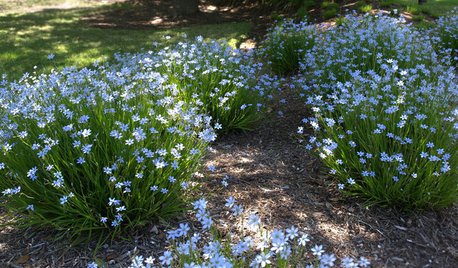
FLOWERS10 Spring Wildflowers for the Central Plains
These blooming native perennials thrive in dry locations and help welcome early-season pollinators
Full Story
SUMMER GARDENINGPhoto Gallery: Summer Gardens Take a Bow
Home gardeners amazed us with photos of their flower beds, sheds and outdoor rooms. Take a look and get ideas for fall planting time
Full Story
BUDGET DECORATINGBudget Decorator: 12 Vintage Finds to Take Home This Spring
Experience the thrill of the hunt and the triumph of a bargain when you set out on a thrifting jaunt with these finds in mind
Full Story
GARDENING GUIDESWhat’s in a Name? See 6 Wildflowers That Aren’t ‘Weeds’ at All
Dispel the stereotypes of weeds and try these wildlife-supporting native wildflowers in your garden
Full Story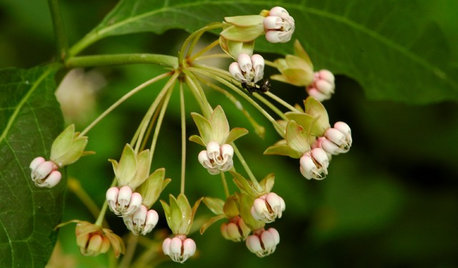
GARDENING GUIDES5 Unsung Wildflowers That Thrive in Dry Shade
Turn shady problem spots into garden idylls with with these prolific, easy-care bloomers
Full Story
FALL GARDENINGBe Your Own Wildflower Nursery
Gather seeds from your garden in fall, and you'll have a selection of plants for next year — without spending a dime
Full Story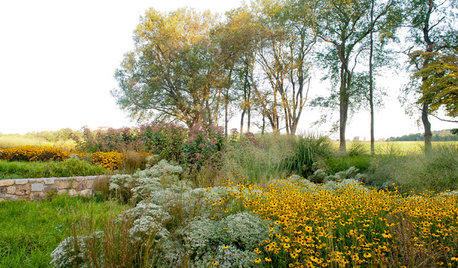
GARDENING GUIDES10 Essential Wildflowers for the U.S. Central Plains
Focusing on prairie wildflowers supports the most wildlife in a low-maintenance Plains landscape
Full Story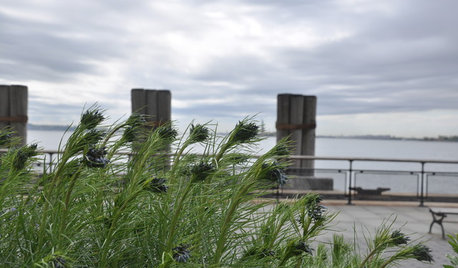
GARDENING GUIDES10 Native Wildflowers With Unique Foliage
When the flowers fade, these leaves keep the garden looking good
Full Story
GARDENING GUIDES5 Prairie Wildflowers That Can Heal Your Soil
Get free, organic soil fertilizer with nitrogen-pumping plants that draw pollinators too
Full Story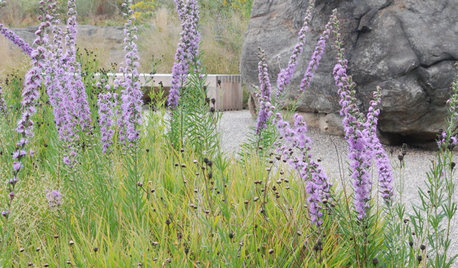
GARDENING GUIDESNative Wildflowers for the August Transition Into Fall
Keep the garden colorful with these stalwart perennials
Full Story


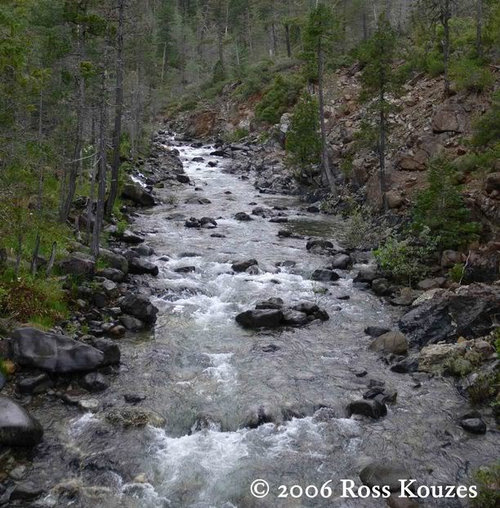
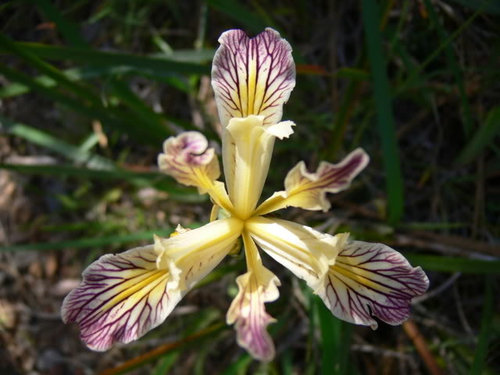
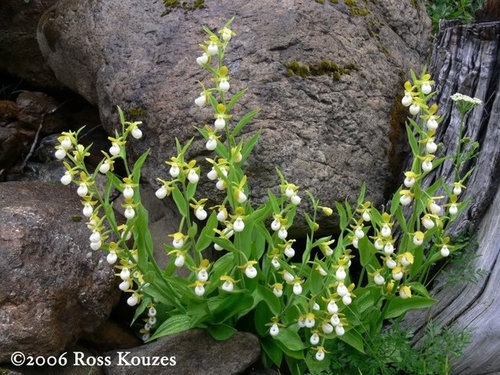

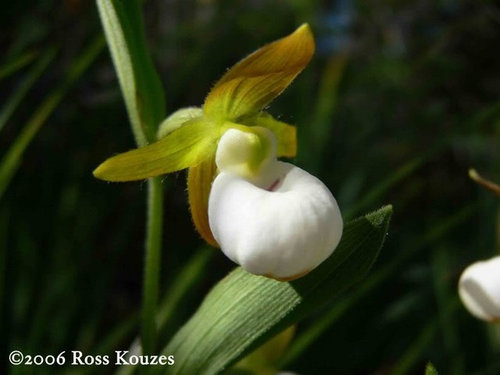
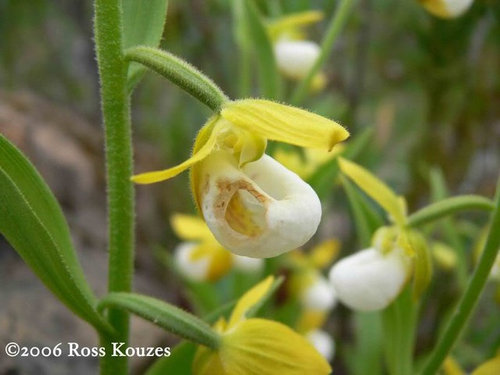
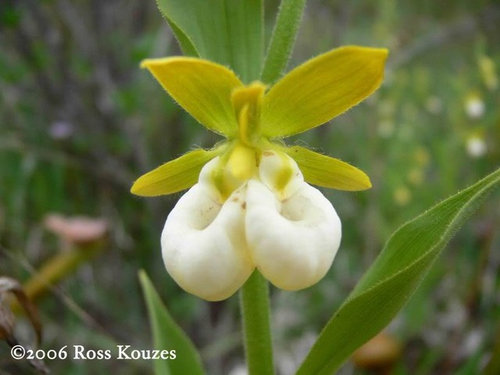
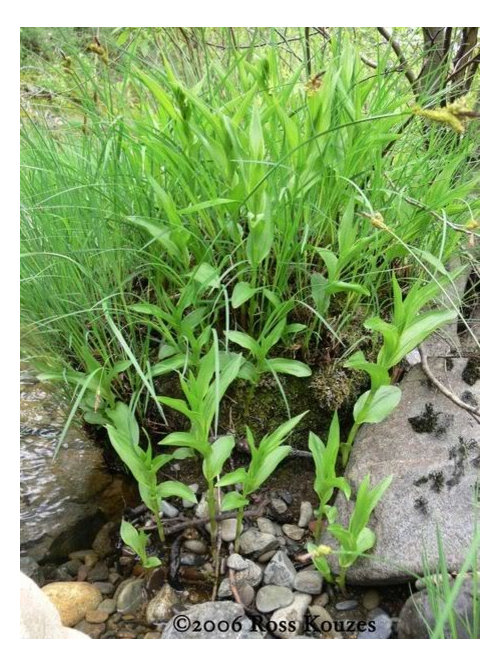
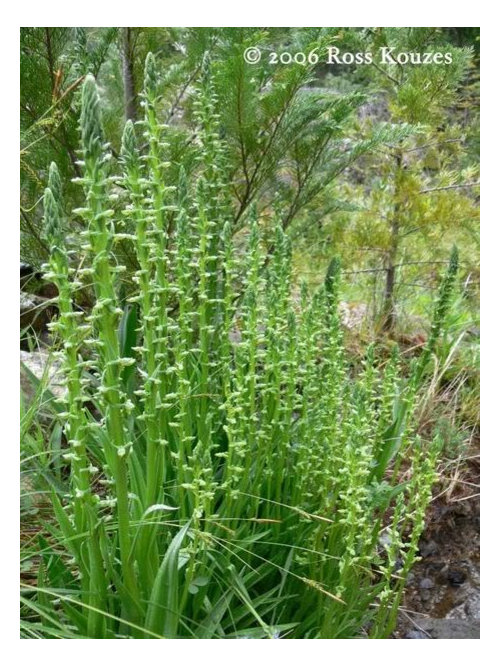

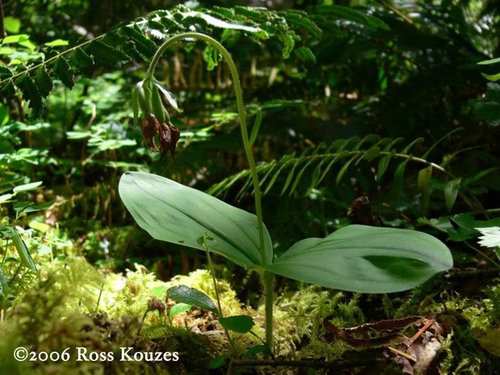



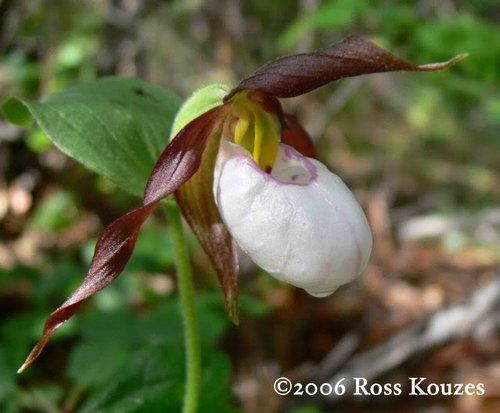
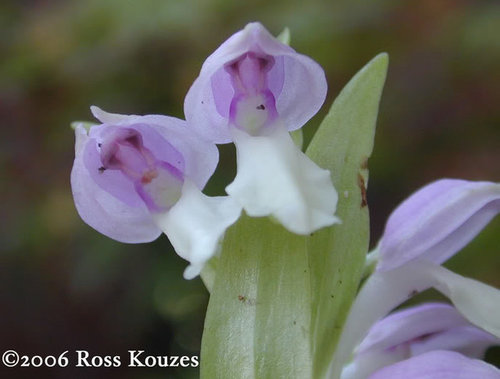
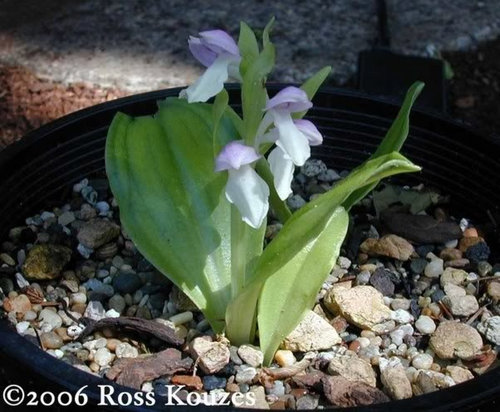
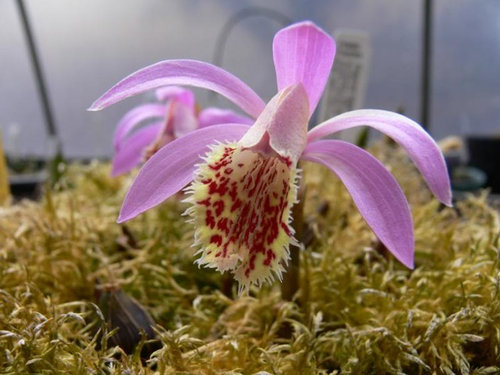
plantfreak
macranthosOriginal Author
Related Discussions
Photos of the Getaway--Wildflowers and rock formations!
Q
Planted wildflower in spring, when to expect bloom
Q
New Thread: Wild Wildflowers II
Q
Floorplan for Feedback Take II
Q
terryr
macranthosOriginal Author
fairy_toadmother
terryr
aerides
orchid_luv
offplumb
triciami5
macranthosOriginal Author
kittyhead
macranthosOriginal Author
kittyhead